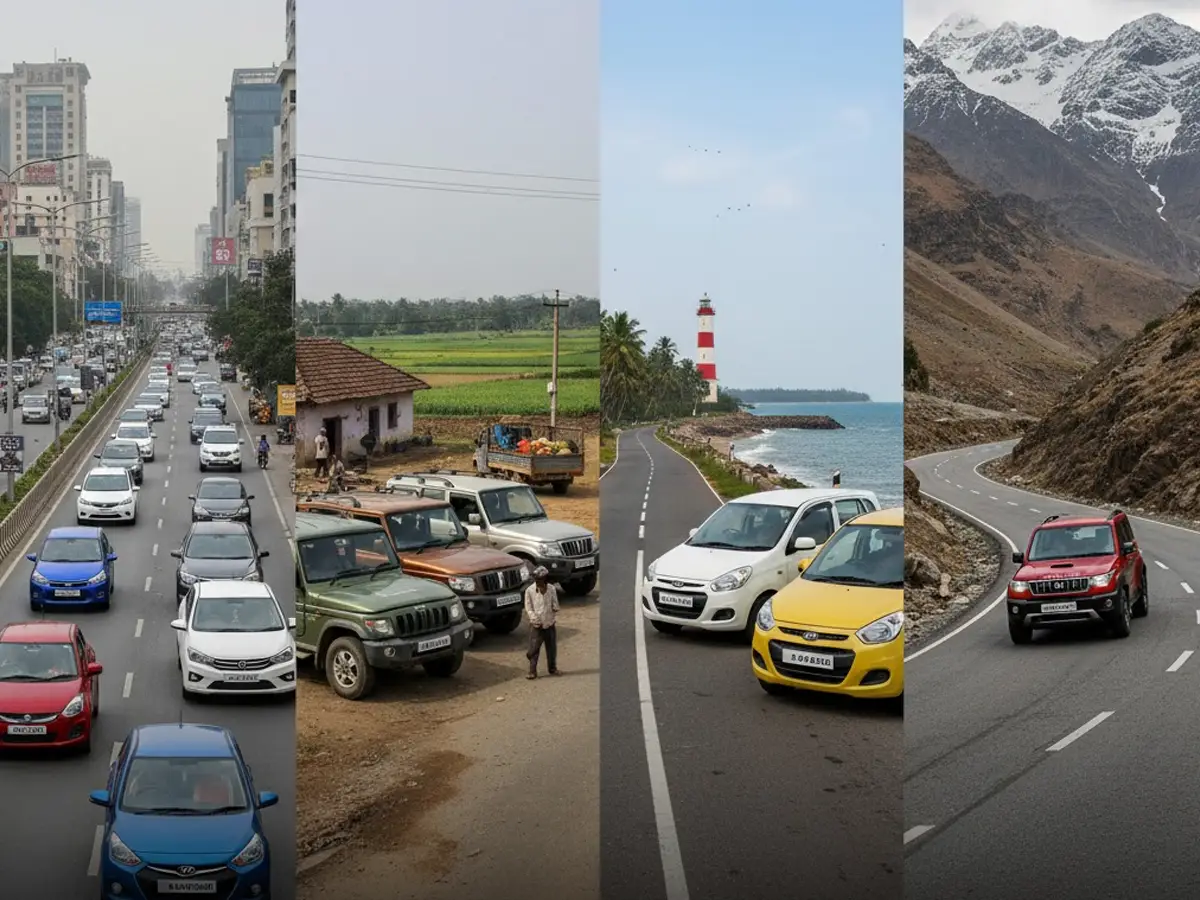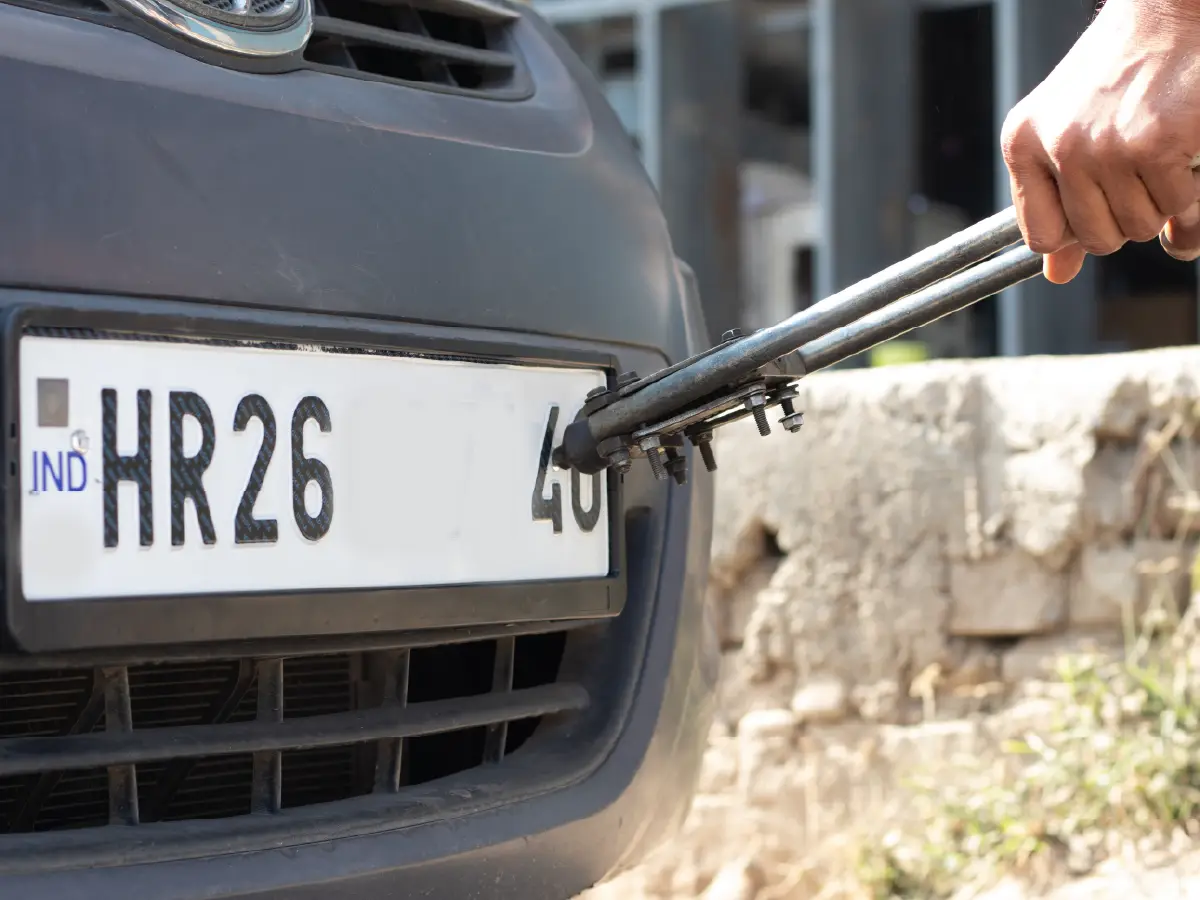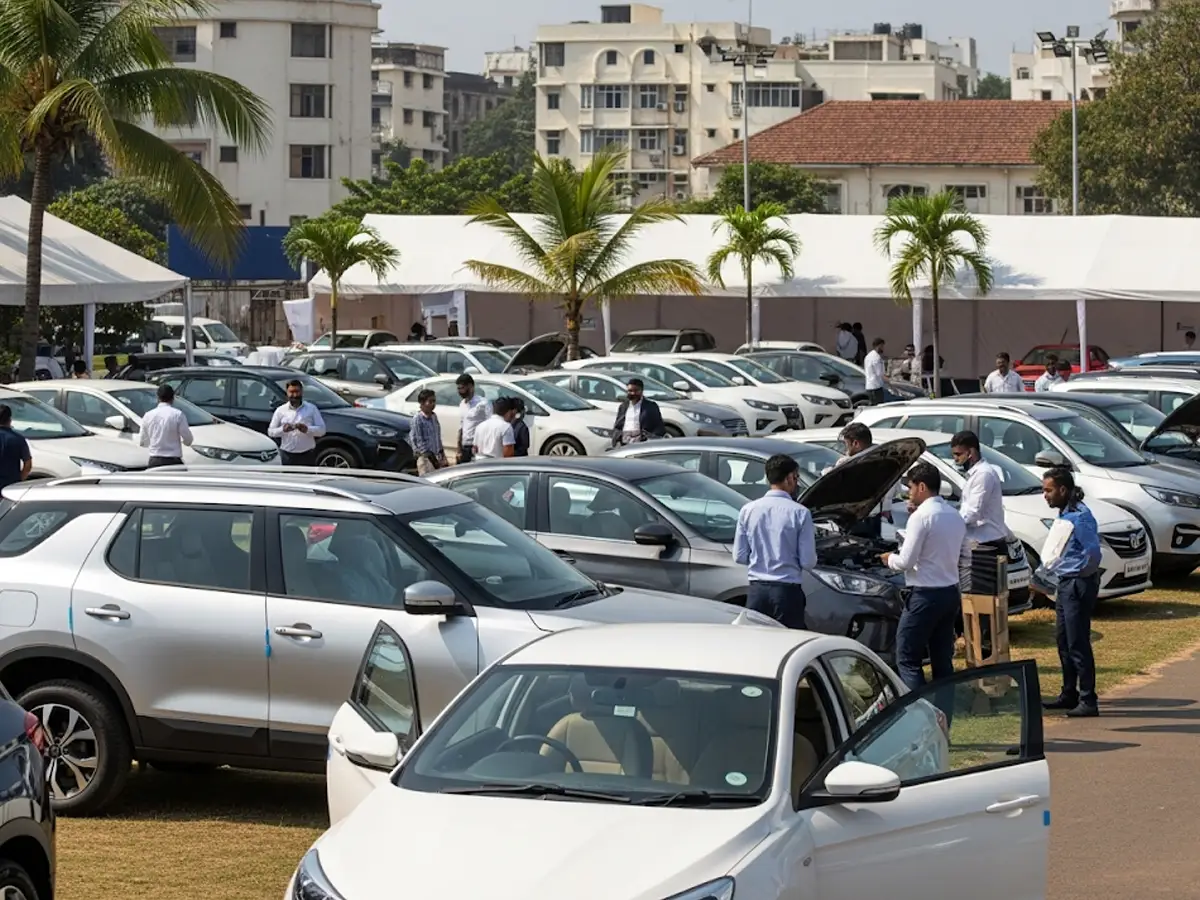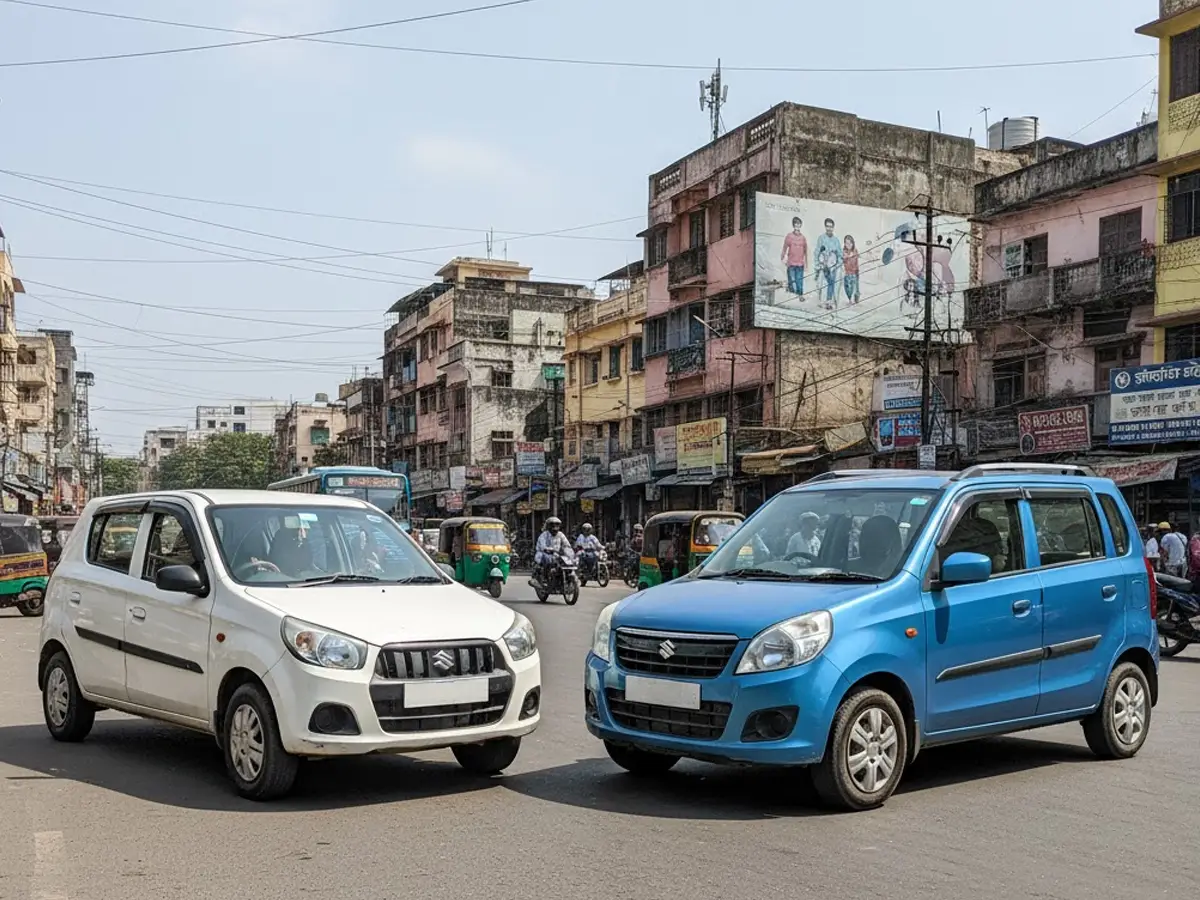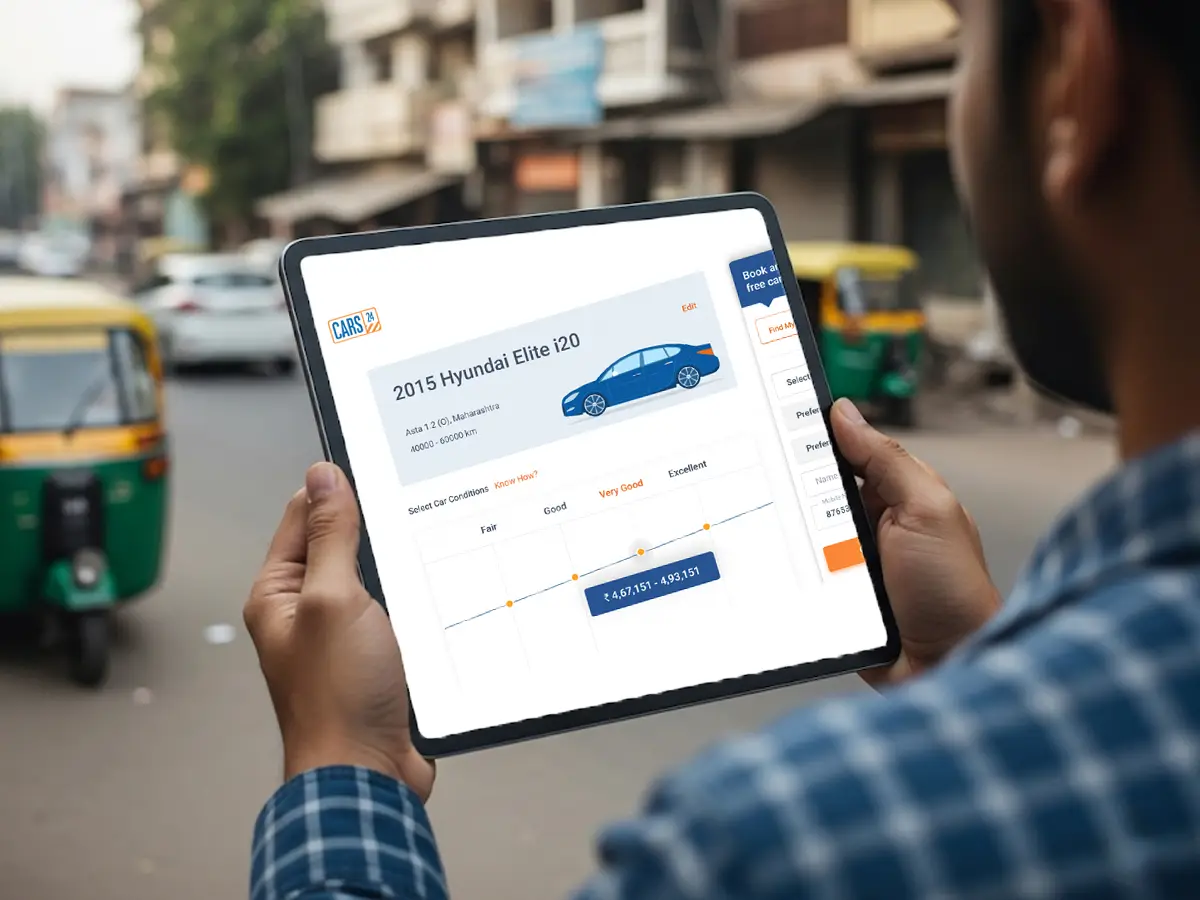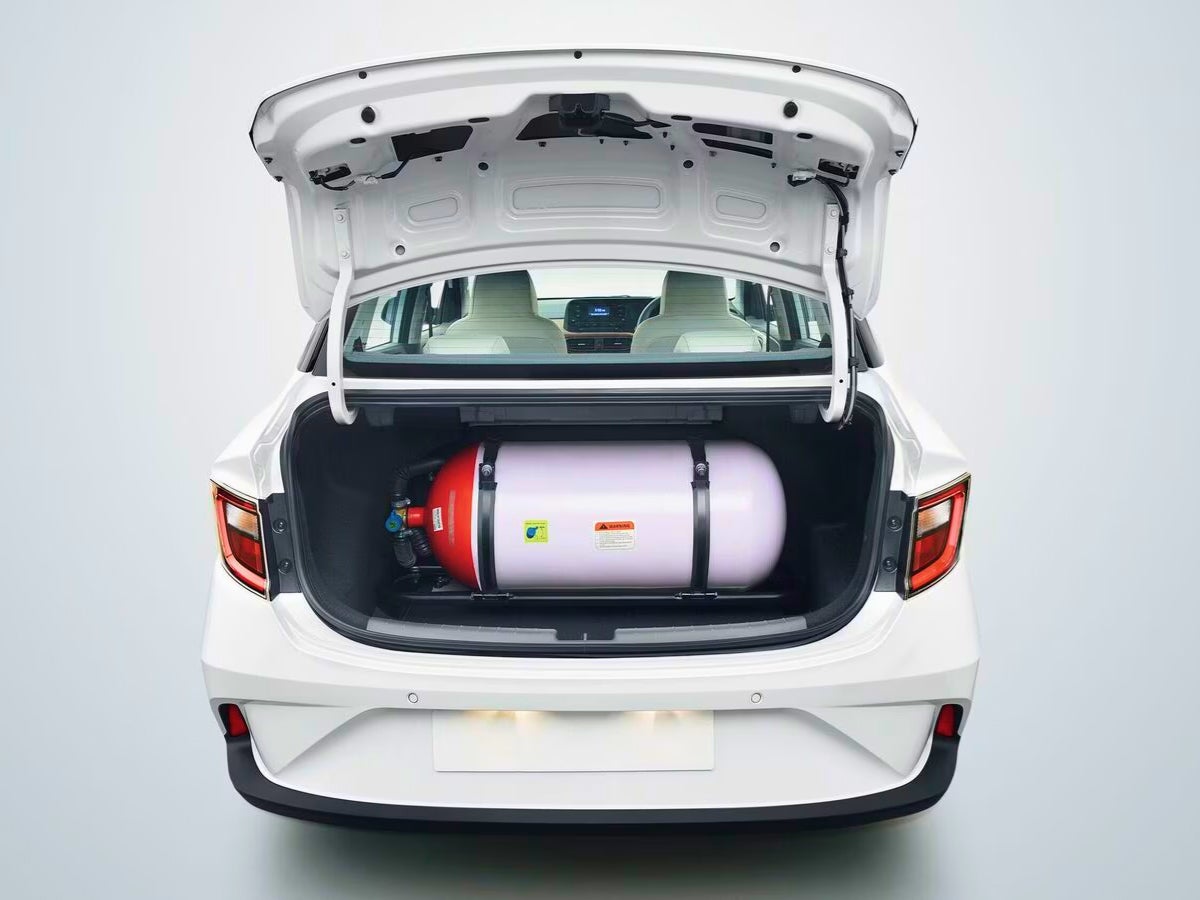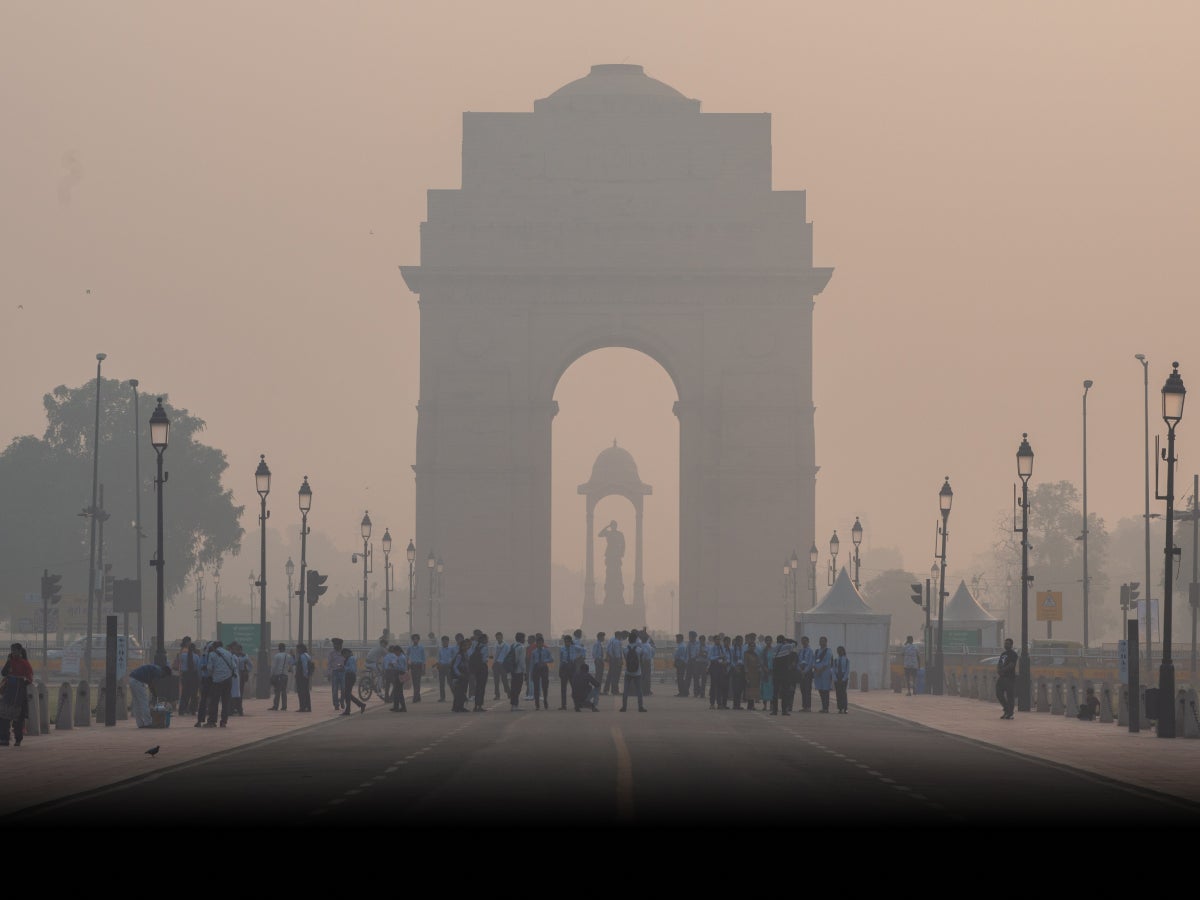

Understanding GRAP and its role in improving AQI in Delhi NCR
- 1Delhi NCR's winter air pollution poses serious health risks for vulnerable groups
- 2The Graded Response Action Plan (GRAP) initiates emergency measures for pollution
- 3Severe air quality levels led to GRAP Stage IV being enforced on November 15, 2024
Delhi NCR faces significant air pollution challenges due to unhealthy air conditions, especially during the winter months. This growing concern poses real health risks, particularly for children, the elderly, and those with existing health issues. To combat the worsening air quality in the NCR region, the government has taken steps to address this pressing issue, with one of the standout initiatives being the Graded Response Action Plan (GRAP).
Causes for Delhi NCR’s severe air pollution

The primary cause of elevated levels of air pollution in NCR is the high levels of PM2.5, tiny particles that can harm our health. These fine particles can easily enter our lungs and bloodstream, leading to various respiratory and heart-related issues. Several factors contribute to its rise:
Vehicles: Approximately 15-16% of our pollution stems from vehicles, with two-wheelers being the biggest culprits.
Stubble Burning: The practice of burning crop residue in nearby states like Haryana and Punjab, especially during winter, significantly adds to poor air quality in Delhi NCR.
Construction Activities: Dust from ongoing construction projects, along with roadwork and demolition also plays a notable role in compromising air quality.
Industries: Emissions from industries, including power plants, contribute heavily to the pollution problem as well.
What is AQI and how is it measured?
.jpg)
The Air Quality Index (AQI) is a helpful tool that measures our air quality daily, guiding us on how healthy or polluted the air is around us and the potential health risks it brings. AQI is calculated by looking at the concentrations of key pollutants, like PM2.5, PM10, nitrogen dioxide (NO2), sulphur dioxide (SO2), carbon monoxide (CO), and ground-level ozone (O3). Each pollutant is assigned a weight based on its health impact, and these are combined to determine the overall AQI.
The AQI scale runs from 0 to 500 and is divided into six categories:

1. Good (0-50 AQI): Good air quality that poses little to no health hazards.
2. Satisfactory (51-100 AQI): Overall acceptable, but sensitive individuals may want to be cautious.
3. Moderately Polluted (101-200 AQI): Those with respiratory conditions might notice mild effects.
4. Poor (201-300 AQI): Poor air quality, especially for sensitive folks like children, the elderly, and those with lung issues.
5. Very Poor (301-400 AQI): Most people may start to feel some health effects, and general caution is advised.
6. Severe (401-500 AQI): Health warnings are activated, indicating emergency conditions, and everyone may be affected.
What is GRAP?
The Graded Response Action Plan (GRAP) serves as a set of emergency measures implemented when air quality starts becoming poor in Delhi NCR. First introduced in January 2017, the different levels are phased out when the air quality reaches specific levels. GRAP classifies air quality into four stages based on AQI readings, each with tailored actions aimed at bettering the air quality.
The four stages of GRAP are:
Stage I (Poor): AQI between 201-300
Stage II (Very Poor): AQI between 301-400
Stage III (Severe): AQI between 401-450
Stage IV (Severe Plus): AQI above 450
The four stages of Delhi’s GRAP rules explained
Each stage of GRAP includes specific measures designed to reduce air pollution and protect public health. Let’s take a closer look at the actions implemented under each stage:

GRAP Stage I (Poor AQI: 201-300)
- Water sprinkling and mechanical sweeping of roads to reduce dust
- Measures like synchronising traffic lights and enhancing parking fees are introduced to reduce vehicle emissions
- People are urged to use public transport and carpooling to reduce traffic-related pollution
GRAP Stage II (Very Poor AQI: 301-400)
- Restrictions on construction and demolition activities are placed to reduce dust and particulate pollution
- Non-essential vehicles, older diesel vehicles and certain categories of commercial vehicles are restricted from entering Delhi NCR
- Schools for students up to Class 5 are closed to reduce their exposure to harmful air quality

GRAP Stage III (Severe AQI: 401-450)
- Complete halt on construction and demolition, including road and flyover construction
- Shutdown of schools for all classes except for standard X and XII
- Additional metro and bus trips are added to accommodate more passengers and to reduce private vehicle use and promote public transport
- They may introduce odd-even traffic schemes to limit the number of vehicles on the road
GRAP Stage IV (Severe Plus AQI: Above 450)
Stage IV represents the most severe pollution levels, and the following measures are implemented:
- Complete ban on non-essential truck traffic. Only trucks carrying essential goods are allowed to enter Delhi NCR
- Governments and private organisations may implement a 50% work-from-home policy for employees to reduce outdoor exposure to pollution.
- All schools may be shut, and outdoor activities for children and the elderly are strongly discouraged
- Industries are asked to reduce emissions or shut down temporarily
GRAP Stage IV implemented from November 15, 2024
On Thursday, 14th November 2024, Delhi's average air quality index (AQI) was recorded at 424 (severe), which is an increase from the 418 reported the previous day, as per the Central Pollution Control Board. GRAP Stage IV was implemented the following day. This stage brings into play the strictest measures, including the complete ban on non-essential truck traffic and a shutdown of schools, to protect the population from the harmful effects of pollution.


